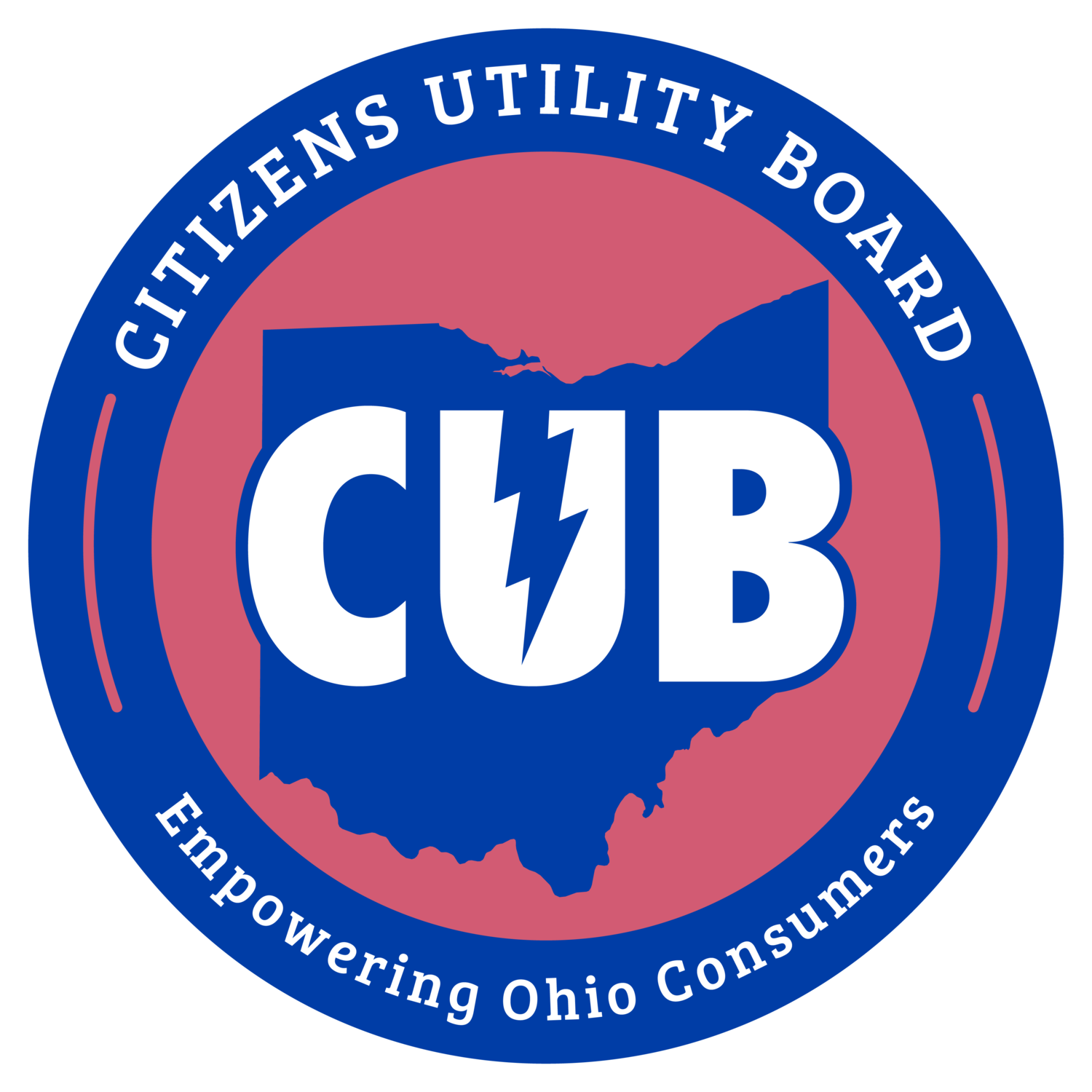Repealing Clean Energy Tax Credits Will Raise Electricity Prices for Ohioans
As temperatures rise, so are electricity prices—and it could get worse. As our executive director Tom Bullock wrote about in the Columbus Dispatch, electricity rates increased by an average of 26 percent for most Ohio consumers on June 1 (according to this chart from the Public Utilities Commission of Ohio). These rate increases are impacting everyone from seniors on fixed incomes to small business owners trying to make ends meet. But this could just be the beginning.
Our electricity prices are going up because of interconnection delays, regulatory red tape, and outdated grid rules. PJM Interconnection, our regional grid operator, has delayed connecting more than 3,000 new, clean, and cost-effective energy projects. These projects could already be reducing bills, improving reliability, and protecting customers from global fuel price shocks. Instead, these projects are facing a potential additional hurdle of having tax credits pulled out from underneath them mid-deployment.
At the Citizens Utility Board (CUB) of Ohio, we represent everyday Ohioans—working families, retirees, small business owners—who don’t have high-priced lobbyists at the table. We protect consumers and advocate for a more affordable, reliable, and transparent energy system.
That’s why we’re raising the alarm about proposals in Washington to repeal the clean energy tax credits established in the Inflation Reduction Act (IRA). These tax credits are doing exactly what they were designed to do: incentivize investment in new, clean generation, speed up deployment of lower-cost energy, and stabilize electricity prices in the long run–while growing the economy as well.
Rolling them back now would be a step in the wrong direction for Ohio—and would hit ratepayers directly in the wallet.
These Credits Are Working—Don’t Pull the Plug
The IRA’s clean energy tax credits aren’t subsidies for a niche market, they’re an essential tool to lower energy prices and stabilize the grid. They help private developers bring new power generation online faster and cheaper, expanding the supply of electricity and relieving pressure on prices.
These tax credits support long-term power purchase agreements and manufacturing expansions—investments that rely on policy certainty over a period of years. Changing the rules now would scare off private capital and reduce our ability to meet rising electricity demand from data centers and AI-driven growth.
The Real Costs of Repeal
According to a recent analysis by the Clean Energy Buyers Association, repealing these tax credits would result in:
a 6.3 percent increase in electricity prices for Ohio households;
a 9.5 percent increase in electricity prices for Ohio businesses;
an $80 average loss in annual household income;
nearly 5,900 fewer jobs statewide; and
a $1.83 billion reduction in Ohio’s GDP.
These are real, measurable economic consequences that would harm Ohio families and slow down much-needed progress in our energy markets.
Ohio Is Getting it Right. Washington Should Follow Our Lead.
Ohio has already taken a bold, bipartisan step toward energy reform. With the near-unanimous passage of House Bill 15, our state finally opened the door to a more competitive, technology-neutral electricity market—one where all forms of generation can compete to drive prices down. We streamlined permitting and removed barriers that prevented innovation and investment.
But while Ohio put one foot on the accelerator, Washington is threatening to slam on the brakes.
Let Us Build.
Businesses want to build. But they can’t plan long-term investments when the rules keep changing. Repealing tax credits now would stall manufacturing, freeze development, and push Ohio job opportunities to other states and countries.
The clean energy sector is growing. It’s bringing jobs, private investment, and energy savings to our communities. Repealing the IRA tax credits doesn’t just threaten that growth, it threatens the very affordability Ohioans are demanding from their leaders.
Energy prices have received a lot of scrutiny from both parties. Blaming renewables is both incorrect and counterproductive. The real culprits are grid bottlenecks and a lack of long-term policy certainty–we can fix both.
If Washington is serious about lowering energy bills, it should focus on cutting red tape, fixing the grid, and preserving the tax credits that help make cheaper, cleaner energy possible.
Ohio has shown what’s possible with bipartisan action. Now it’s time for federal leaders to follow our example—not undo it.


